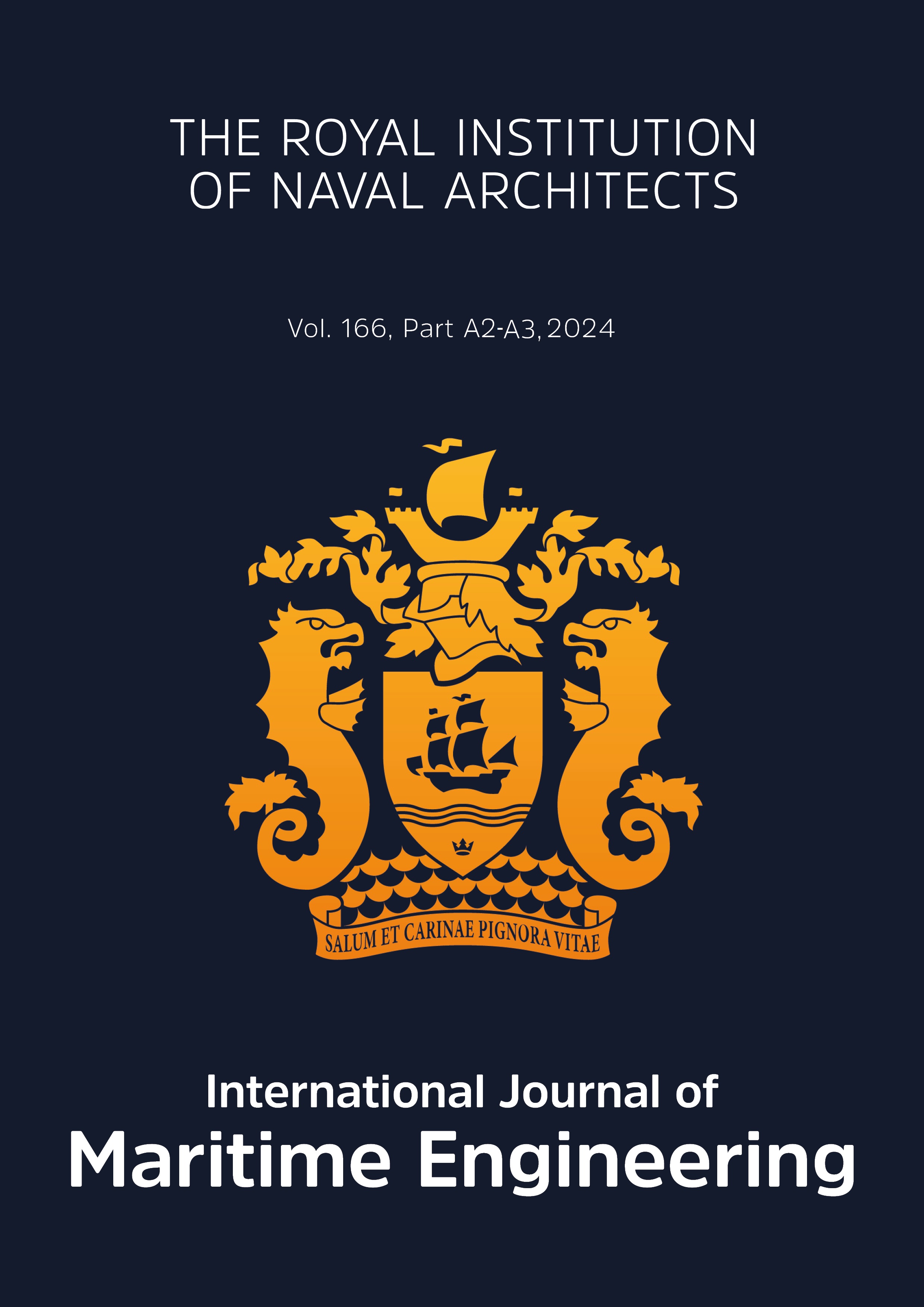Digitalisation in Maritime Safety: A Breakthrough in Hull Structural Integrity Assessment Via Distortion Mode-Based Conversion Algorithms
Main Article Content
Abstract
With the advent of Industry 4.0, providing enhanced informatics for engineering products is expected to become crucial in establishing their competitiveness. By leveraging the capabilities of digital twins, efforts are being made to enhance the safety margin and operational efficiency of maritime structures, which inherently involve statistical uncertainties due to environmental loads. This study presents a method for constructing a digital twin of hull structures using finite element analysis data, along with a series of validation efforts. The method employs assumptions similar to those used in modal analysis, decomposing the arbitrary deformation states of the hull into a series of eigenmodes. Real-time connectivity between the physical vessel and its virtual twin is established by converting a set of hull strain measurements into eigenvalues. A novel mode selection method is introduced to improve the overall accuracy of structural response estimation. The real-time structural stress traceability of the digital twin model will be further demonstrated through a comparative study on a non-watertight bulkhead model of the vessel. A model validation study will also be presented using actual measurement data from the nearly 13,000 TEU class container ship. Additionally, application examples for the model that can be easily accessed via the commercial marine structure analysis software SESAM have been included to benefit fellow researchers who wish to conduct further studies.
